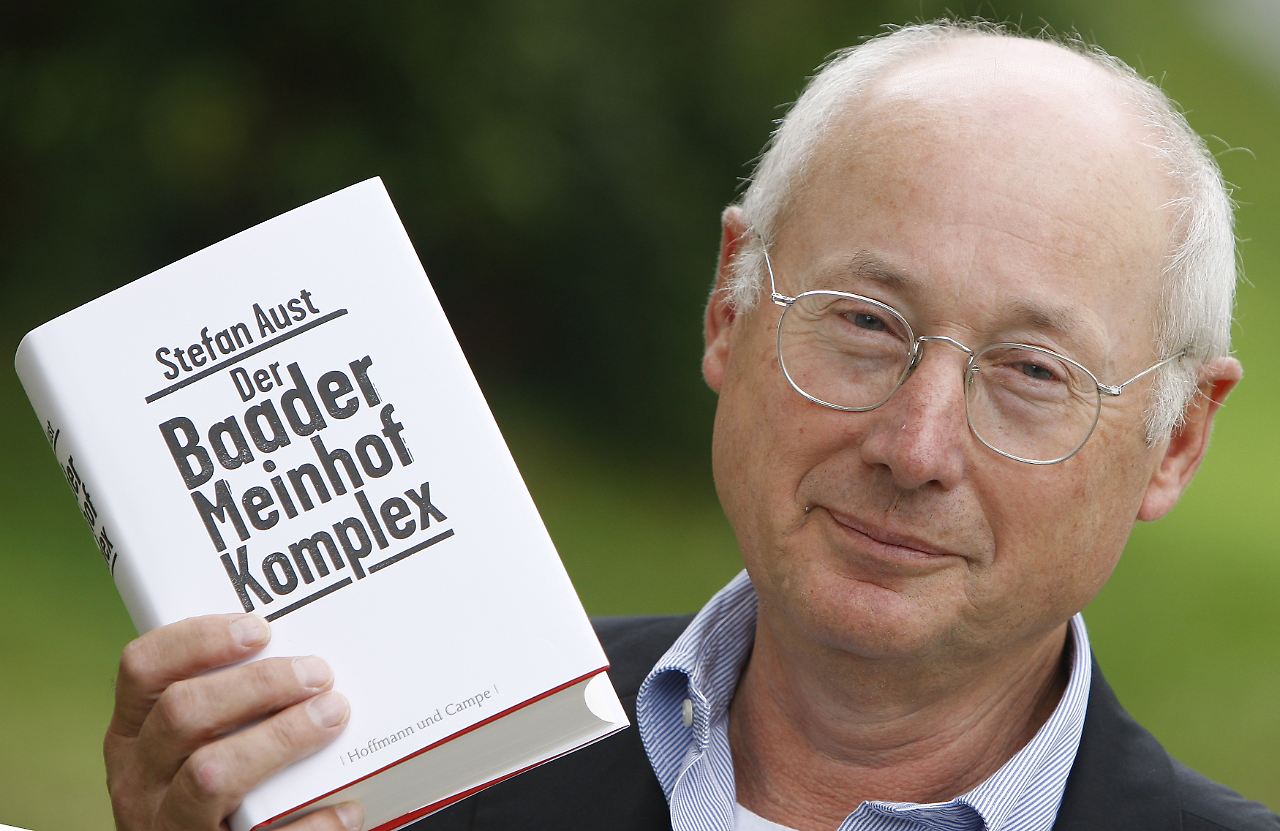How to radicalize yourself – “Der Baader Meinhof Komplex”

At its release in 1985, this was praised as the ultimate biography of the infamous German terror organization, Rote Armee Fraktion. And to this day, I can’t imagine a more perfect telling of this traumatic story.
I recently rewatched the brilliant eponymous 2008 film – and when I realized it was based on this source, I had to read the book. While the film is told so grippingly it almost comes across as a crime thriller, the book is of course more thorough in its documentation of the events. But one thing it definitely shares with the movie adaption is the impressively nuanced view of the story. Aust never tries to downplay the horrific level of violence employed by the gang, yet he also tries his best to put the story into a historical perspective.
Germany in the sixties was indeed a strange place. Officials who once worked for the Nazis were still allowed to work in the administration. Germany was still techincally occupied by the allied forces (the extreme case being West Berlin), meaning there were USA troops stationed all around the country. As this was also the age of the Vietnam war, it was inevitable that young leftists would object to their lives being run by a) former Nazis, b) a country who was currently fighting a war wreaking brutal havoc on innocent civilians. This was the environment that sparked the movement that later became Rote Armee Fraktion.
The unhinged personalities of the terrorists (not least Baader and Ensslin) are clearly on display. But the book also investigates obvious flaws in the investigation of their crimes and shocking instances of police brutality. Aust also documents the sometimes bungling police work: The location of RAF hostage Hans-Martin Schleyer was almost immediately revealed, yet due to technicalities, the police failed to rescue him. And while the accused and their defendants were themselves responsible for turning their trial into a complete farce, there is also evidence of clear abuses of power and miscarriage of justice (such as the illegal bugging of private conversations between accused and defense).
The author seems to be the ideal person for this job. As a journalist he used to work for the left-wing paper konkret, where one of his colleagues was Ulrike Meinhof herself. Aust has since moved away from any far-left sympaties, being for many years the editor-in-chief of the prestigious German news magazine Der Spiegel (moderately left-wing) and is today the publisher of the conservative newspaper Die Welt. With those credentials, I have no reason to doubt that the research going into the book was a solid piece of work.
The style is matter-of-fact, but never dry. Without resorting to thriller-style literary devices, Aust still manages to evoke the dramatic events with sometimes disturbing clairity. It’s a complicated piece of history, so there are a lot of names flying around – but it is possible to follow the story without keeping track of every single one.
The author rejects the many conspiracy theories that thrived in the aftermath of the group – not least surrounding the suicides of Meinhof, Baader, Ensslin and Raspe in Stammheim prison. But he also clearly states that a number of questions unsolved – to the extent that they seem to be deliberately hidden from public knowledge. Why was Holger Meins able to starve himself to death when other prisoners were force-fed? Were the terrorists’ cells in Stammheim prison (illegally) bugged? And if so, could the triple suicides of the three prisoners have been prevented?
In a time where there is much talk about terrorists being “radicalized” by their environment, “The Baader-Meinhof Complex” is a chilling story of a group of people who – initiated by valid protests – were perfectly able to radicalize themselves.
Leave a Reply